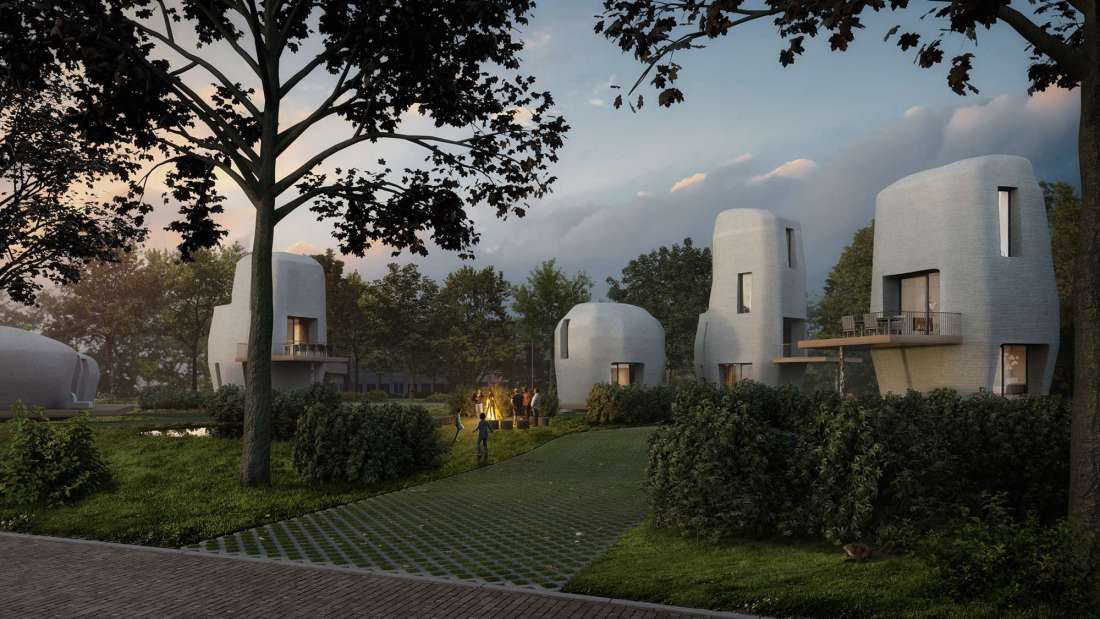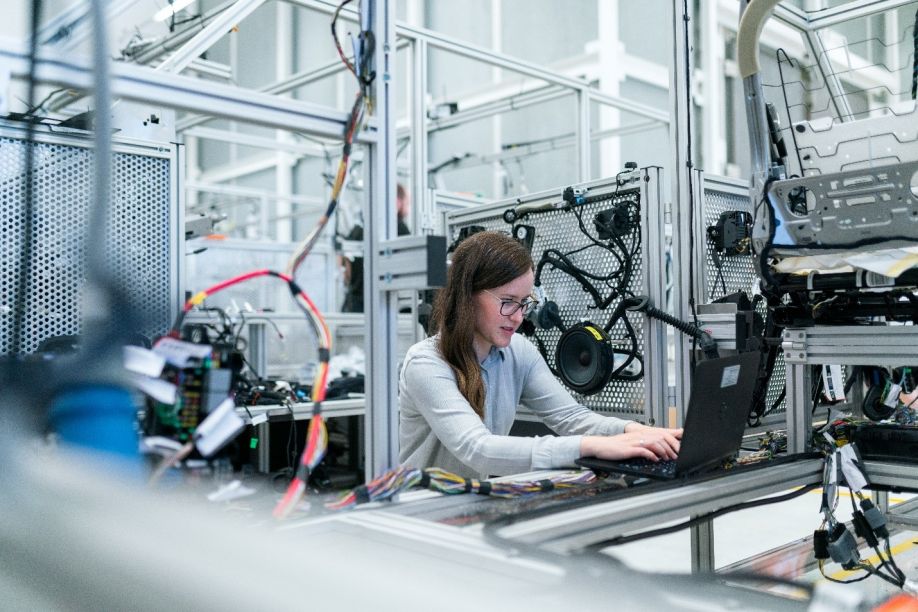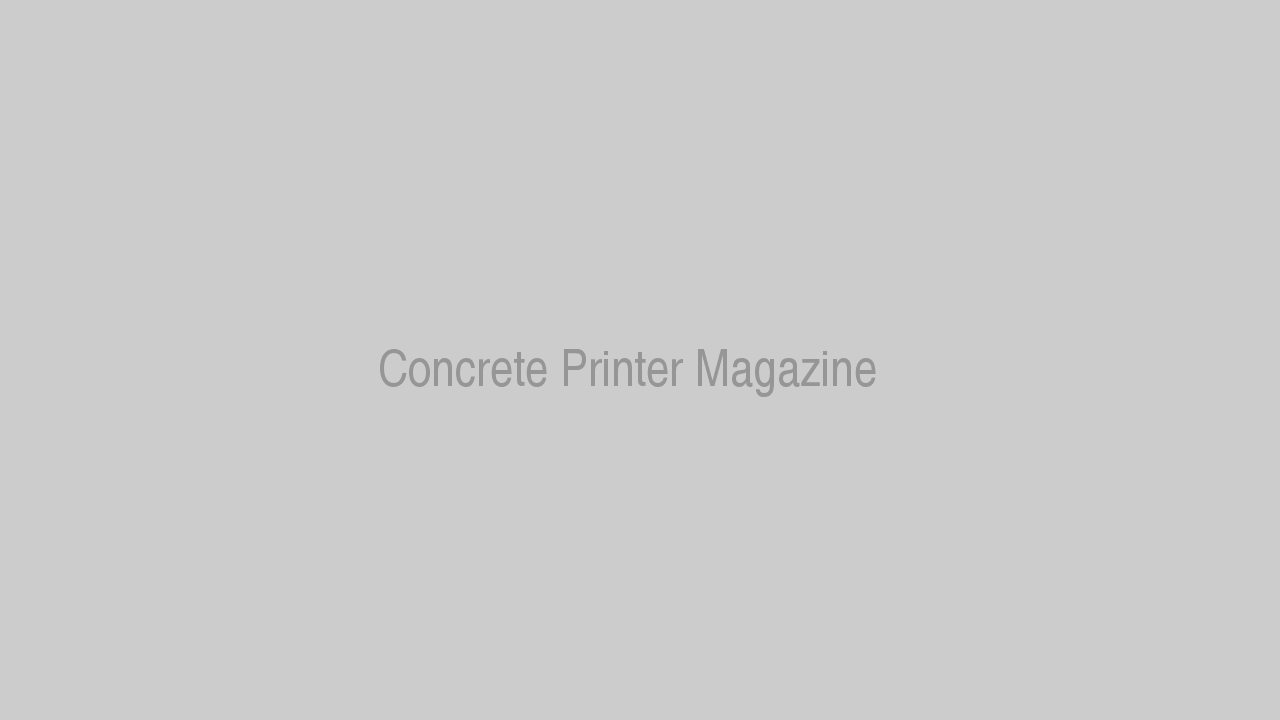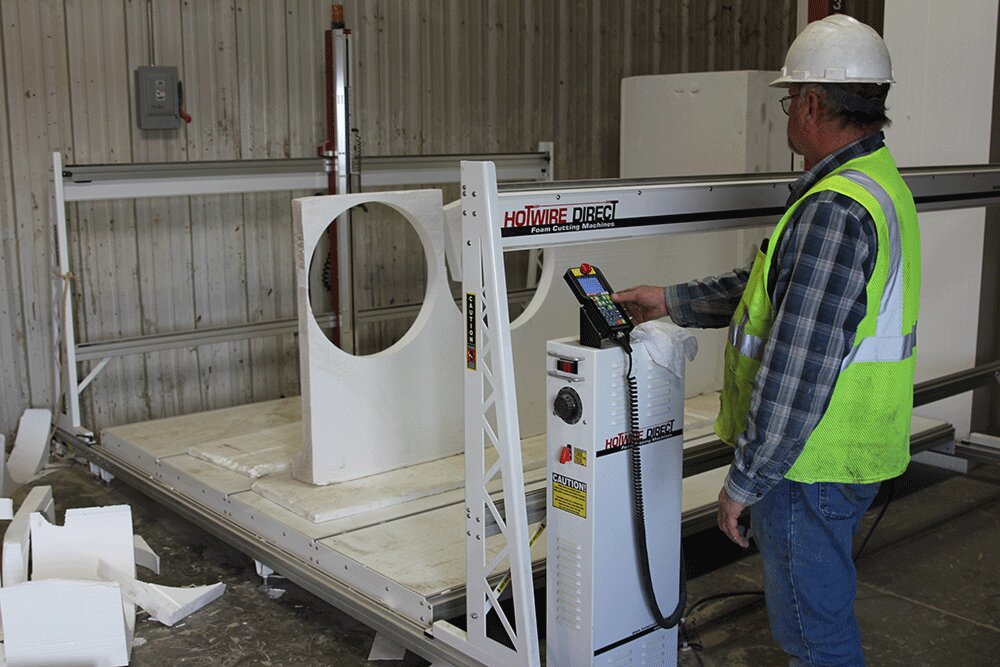3D-Concrete-Printing Smart Housing for Smart Cities in The Netherlands
Written by: AM Chronicle Editor
Publish Date: December 14, 2018


The world population is expected to reach 9.8 billion people by 2050 , according to the United Nations. Most of the population, 70 percent, is going to live in urban areas. Currently, over 700 cities around the world are actively working in their smart city projects as we saw during the recent Smart City Congress in Barcelona.
In July, a French family moved into the world’s first 3D-printed house. It was a project made by the University of Nantes which took only 54 hours to print. The house was estimated to be 20 percent less expensive than a traditional construction.
Outside Eindhoven in The Netherlands, the Project Milestone is building homes on demand. Not any kind of home, though. They are building 3D-concrete-printed homes that are fit for human living and fulfill the criteria of the Dutch building code (Bouwbesluit).
These houses are the world’s first commercially rentable 3D-printed houses. The first home is set to be completed for the first residents in the first half of 2019.
The bungalows, two-storey and three-storey blocks, which are all made from 3D-printed concrete, are going to eventually be augmented by printed electrics, pipes, and smart sensors for lighting and heating.
The Eindhoven University of Technology researchers together with Van Wijnen Zuid and Houben & Van Mierlo Architects are leading the construction in The Netherlands.
With the current shortage of craftsmen in the building industry introducing robotics and 3D printed technology can dramatically improve and accelerate house building in preparation for the population demands of the cities of the future.
Project Milestone: Smart Homes on demand

These 3D-printed houses feature an unusual design in the outside. In the inside, they offer all the comfort that meet homeowners’ expectations. They are created using a new production process and meet all statutory building requirements.
This project is not an experiment. The five houses are intended to be occupied for at least several decades.
The local authority in Eindhoven participates in the project by making the land available and offering procedural support. Vesteda, a real estate company, will buy the homes which are going to become part of Vesteda’s housing portfolio.
The futuristic design from Houben & Van Mierlo Architects is timeless and gives a glimpse into how living in the cities of the future is going to look like.
How 3D-concrete-printing actually works

Concrete has been used as a building material for decades. Now technologies such as 3D-printing bring the building industry to the next level: 3D-concrete-printing.
The accuracy that comes with printing creates all kinds of assets. The ability to lay concrete only where it is needed gives construction a completely new different direction.
3D-printing allows the printing of different types, qualities, and colors of concrete. They can all be integrated into one product such as a wall that can be printed with all the necessary functionalities.
A wall, for instance, can be reinforced with fibers of wire that insulate. On the outside, it can be kept dirt-proof. On the inside, a layer can ensure pleasant acoustics. It can contain the required recesses and internal drainage pipes of waterproof concrete.

A robot deposits the concrete in the required place without the need for formwork or still fixers. The concrete composition has been specially developed for 3D printing.
3D-printing of concrete brings the possibility of putting sensors directly in the right place of the construction, preparing the habitat for its smart home future right from within.
Wireless sensors that measure temperature, sensor-controlled lighting, or sensors that used for home security are some of the sensors that can be embedded directly in the 3D-printed house instead of afterwards. This saves time and money.
3D-concrete-printing differentiates itself from the traditional processing of concrete, which is heavy and works demanding. In 3D-concrete-printing, the braiding of the steel reinforcement nets and the pouring of concrete are not necessary. This is an advantage for construction professionals when using 3D-concrete-printing.
The separate elements that are going to make up the house are pre-fabricated in the printing facility. The assembly takes place in the building site. In the first stage of the project, five homes are scheduled to be completed in the first half of 2019.
As the project advances and experience is gained from the learning process, the pre-fabrication process is going to take further stages. The ambition of the project is to print the final home entirely on-site.
Advantages and disadvantages of 3D-concrete-printing

Using robots and automation significantly reduces the production rate and time of construction. The freedom of form that this technology allows promotes creativity and participation of the client who can actively contribute with original ideas.
Such participation creates a mass customization of tailor-made industrial solutions. This co-creation with the end-user opens new possibilities of creative expression that allows for a unique end-product that supports individuality of design in a new era of housing design.
Sustainability is another advantage. Because there is no need for formwork there is a smaller raw material footprint. Seven percent of the global carbon emissions originate from the concrete industry.
The printer uses only the concrete that is needed for the project reducing the amount of residue. All the digital process reduces failure costs, which is a great advantage.
This innovative process is going to be a game changer for the building industry. The rate of production can be increased exponentially. This is going to bring construction cost to come down. In turn, this means for affordable quality housing for the end-user.
3D-printing technology will partially part of the demanding physical work done by builders. Thanks to digital engineering and architectural quality in construction there is a great reduction in failure costs.
This innovation opens up new possibilities of partnerships for the construction supply chain. Engineering design will dramatically see more creativity possibilities.
In terms of disadvantages, we need to take into account that the technology is still under development. In other words, each project is taken as an individual learning process. In addition, there is a strong commitment from the parties involved in the project to ensure the rapid development of the technology.
Unpredictability in scheduling and results are not out of the question. Overall, the advantages make 3D-concrete-printing worth it.
Challenges in 3D-concrete-printing, and future projects toward housing in smart cities

Practical challenges related to the 3D-printing technology in this innovative process include how to produce a wall with insulation on one piece, or how to 3D-print a roof on-site. However, with time and learning from experience, these obstacles are going to be solved.
The 3D-concrete-printed homes fulfil all the requirements that make them fit for today’s homeowners. These requirements include comfort, high-quality, layout, and sustainability. The ambition to boost 3D-concrete-printing technology will soon be a reality widely adopted by other cities.
Feedback from people living in the first five houses on their living experience is going to be applied for the betterment of 3D-concrete-printed homes in future projects.
The Milestone Project is important for the building industry and society as a whole. From development to construction, everything is digitized. The project optimizes the use of materials and helps to improve working conditions.
The use of this new technology is going to create more sustainable, affordable, and demand-oriented housing giving a step forward toward smart housing in smart cities.
About the Author
This article is written by AM Chronicle Editor
Read the original post here.


